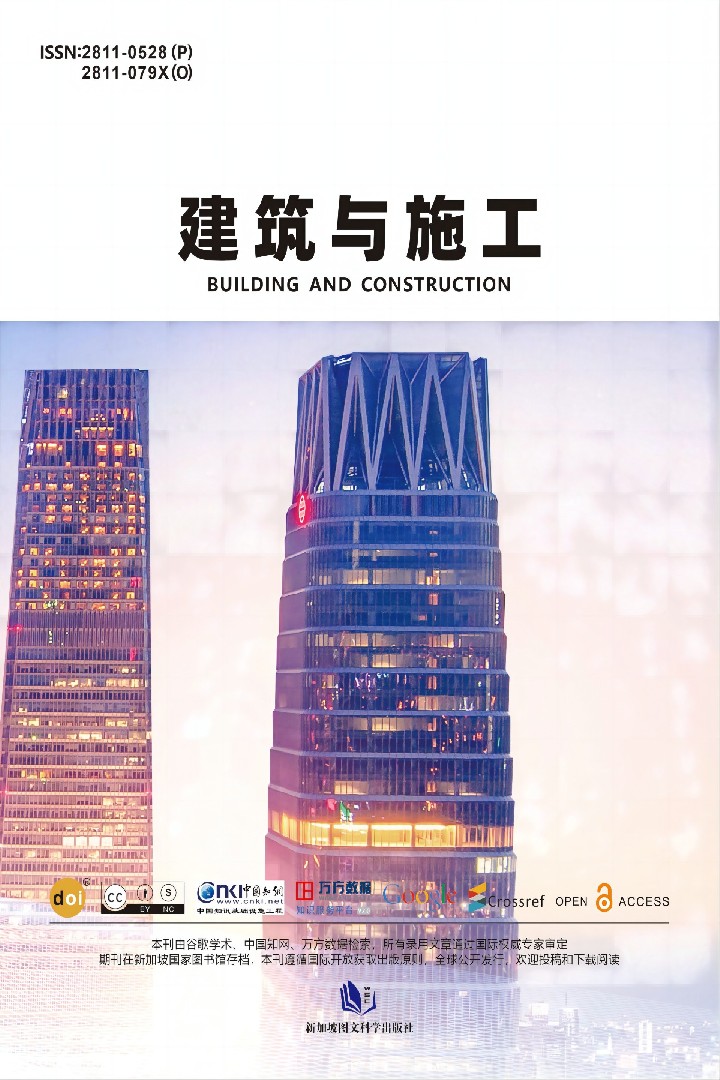作者
黄志斌,王学志,贺晶晶
文章摘要
设计了坍落度为70-90mm的144个水工高延性混凝土立方体试件进行抗压试验,考虑了水胶比和纤维掺量对其抗压强度的影响。记录了在受压过程中,试件的破坏过程与形态,获得了重要的力学性能指标,分析了各因素对其力学性能的影响规律,结果表明:试件的破坏形态表现分为脆性破坏和延性破坏;随着水胶比的减少,水工高延性混凝土立方体抗压强度逐渐增大;当水胶比为0.4时混掺纤维体积掺率为0.3%聚甲醛纤维与0.1%玄武岩纤维的抗压强度最高,而水胶比为0.45时单掺0.6%的聚甲醛纤维的抗压强度取得最大值。经试验发现水胶比为0.4时即可满足28d水工高延性混凝土的设计强度值,0.35水胶比养护28d抗压强度远大于设计强度,故考虑到经济与环保等方面的因素将其舍去。
文章关键词
水工高延性混凝土;水胶比;坍落度;纤维掺量;抗压强度
参考文献
[1] Wang B, Li Q, Liu F, et al. Shear bond assessment of UHTCC repair using push-out test[J]. Construction and Building Materials, 2018,164: 206-216.
[2] Yu J, Li H, Leung C K Y, et al. Matrix design for waterproof engineered cementitious composites (ECCs)[J]. Construction and Building Materials, 2017, 139: 438-446.
[3] Deng M, Ma F, Ye W, et al. Flexural behavior of reinforced concrete beams strengthened by HDC and RPC[J]. Construction and Building Materials, 2018, 188: 995-1006.
[4] Ranade R, Li V C, Heard W F, et al. Impact resistance of high strength-high ductility concrete[J]. Cement and Concrete Research, 2017, 98: 24-35.
[5] Liu J, Wang W, Dai X, et al. Influence of polyethylene fiber parameters on the mechanical properties of high-strength high-ductility concrete: An experimental study and constitutive model[J]. Journal of Building Engineering, 2024, 88: 109128.
[6] Xiao J, Qiang C, Nanni A, et al. Use of sea-sand and seawater in concrete construction: Current status and future opportunities[J]. Construction and Building Materials, 2017, 155: 1101-1111.
[7] Li-ping G, Xiang-peng F, Jian-dong W, et al. High ductility cementitious composites incorporating seawater and coral sand (SCS-HDCC) for offshore engineering: Microstructure, mechanical performance and sustainability[J]. Cement and Concrete Composites, 2024, 147: 105414.
[8] T/JSTJXH 5-2022. 高延性混凝土加固技术规程[S].北京:中国工业建筑出版社,2022.
[9] SL352-2020. 水工混凝土试验规程[S].北京:中国水利水电出版社,2020.
Full Text:
DOI
